Le 30 juin 2017
de 9h20 à 9h25
Le Patio (université de Strasbourg)
22 rue René Descartes, 67000 Strasbourg
amphithéâtre Cavaillès
Pré-acte / Acte
Auteur : Julian Bennett Holmes
Certain intervals have a bad reputation. Augmented seconds and fourths, most often, are targeted by theory teachers and textbooks as something students should avoid in their writing. But as I will show, not all augmented seconds and fourths deserve this bad reputation.
Many scholars have examined other musical “no-nos,” — Heinrich Schenker, Carl Schachter, and even Johannes Brahms himself, for example, have studied parallel fifths in tonal music — but none has yet looked at augmented intervals specifically.
Augmented seconds in particular are noted for the “foreign” or “exotic” effect they may lend to a passage of music. But not all augmented seconds have this effect, and I will use examples from Bach, Beethoven, Schumann, and more to show what causes one augmented second to sound “exotic,” and what causes another to blend right into the composer’s usual, “Western” harmony, often as merely a byproduct of an ordinary harmonic or melodic event. After I describe what causes an augmented second to fall into one category or the other, I will define a number of different classes of “hidden” or “integrated” augmented seconds.
I use structural, Schenkerian analysis, as well as formal and functional-tonal analysis to examine the passages in question and to make these determinations.








